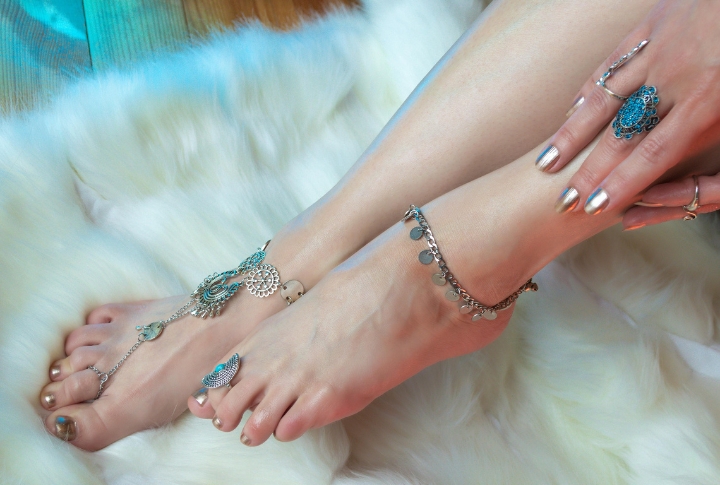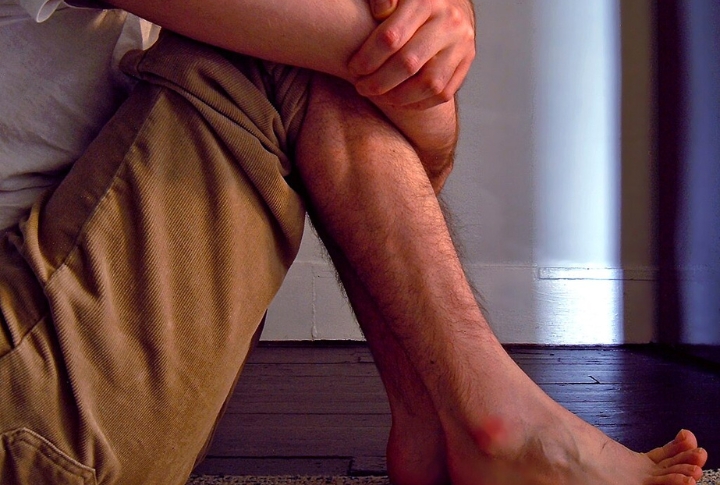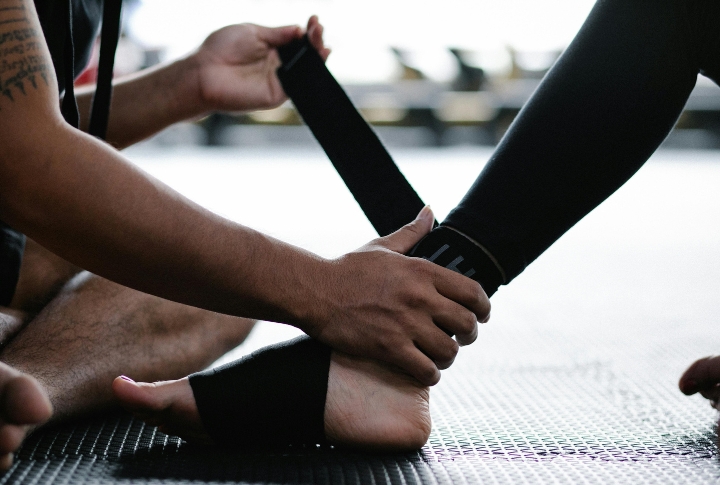
Not everything shows up in big, dramatic ways. Sometimes, the body just quietly keeps score. You keep moving, and it keeps adjusting—until it doesn’t. That’s when small details start to matter. This article explores ten not-so-obvious reasons to check in on how your circulatory system is holding up.
Cold Hands And Feet

Cold hands and feet are a common sign that your blood isn’t flowing properly to your extremities. Narrowed or blocked vessels can limit blood flow, especially to the fingers and toes. The skin may appear pale or blue. Smokers and people with diabetes experience this symptom more frequently.
Numbness Or Tingling In Limbs

Ever feel a prickling sensation in your hands or legs that won’t quit? When oxygen-starved nerves are left waiting for blood, that pins-and-needles feeling kicks in. It’s more than annoying—it can mimic nerve issues and may become chronic without improved circulation.
Swollen Legs Or Ankles

Your ankles shouldn’t puff up like balloons after a quiet afternoon. Sluggish circulation allows fluid to accumulate in your lower limbs, putting pressure on the surrounding tissues. If compression socks help but don’t resolve the issue, it’s time to consult your doctor about potential underlying causes.
Varicose Or Spider Veins

Visible, twisting veins in your legs aren’t just cosmetic—they tell a vascular story. Faulty vein valves let blood backtrack and pool, creating those bulges. With more than 30 million Americans affected, these veins are often a flashing signal of circulatory stress. Women are twice as likely to develop them.
Fatigue With Minimal Activity

Fatigue after the smallest effort—like walking to the mailbox or lifting groceries—might point to something off in your system. Poor oxygen delivery to muscles turns simple actions into real challenges. Often, better hydration and some regular movement can restore that missing energy and ease.
Slow-Healing Wounds

A scrape that lingers longer than expected can be a red flag. Circulation problems slow the delivery of essential nutrients and immune cells needed to close up injuries. This is especially true for feet and toes, areas already prone to low blood flow in many adults.
Frequent Cramps Or Muscle Pain

Nighttime leg cramps or pain during walks could be more than a muscle issue. Reduced blood flow can leave muscles starving for oxygen, especially with peripheral artery disease (PAD). If stretching and hydration don’t help, blocked vessels may be the real culprit.
Memory Lapses Or Brain Fog

Misplacing keys once in a while is normal. But when forgetfulness becomes routine, oxygen flow to your brain might be lagging. Chronic poor circulation can cloud thinking and slow processing speed long before any official diagnosis is made or symptoms worsen.
Discolored Or Shiny Skin

Skin that’s unusually glossy or tight, especially on the legs, may be reacting to poor circulation. A change in color—red, pale, or blue—is another big clue. These visible signs can be early warnings that something deeper is going on in the veins.
Chest Discomfort During Mild Activity

Not all heart warnings come with drama. A little pressure or tightness while walking may be angina, a sign your heart isn’t getting enough blood. It may show up as mild burning or discomfort. Ignoring it could mean missing a chance to act early.

